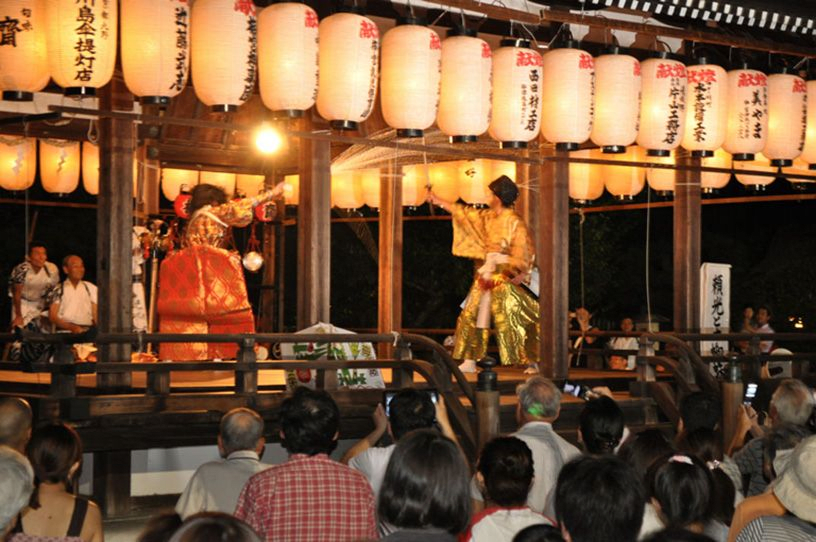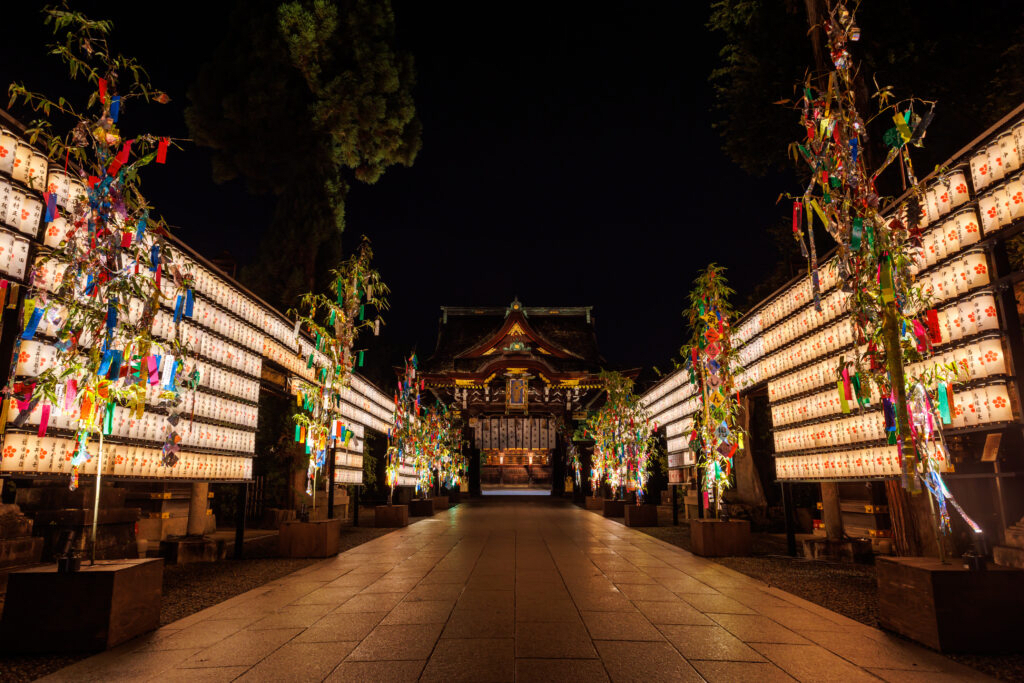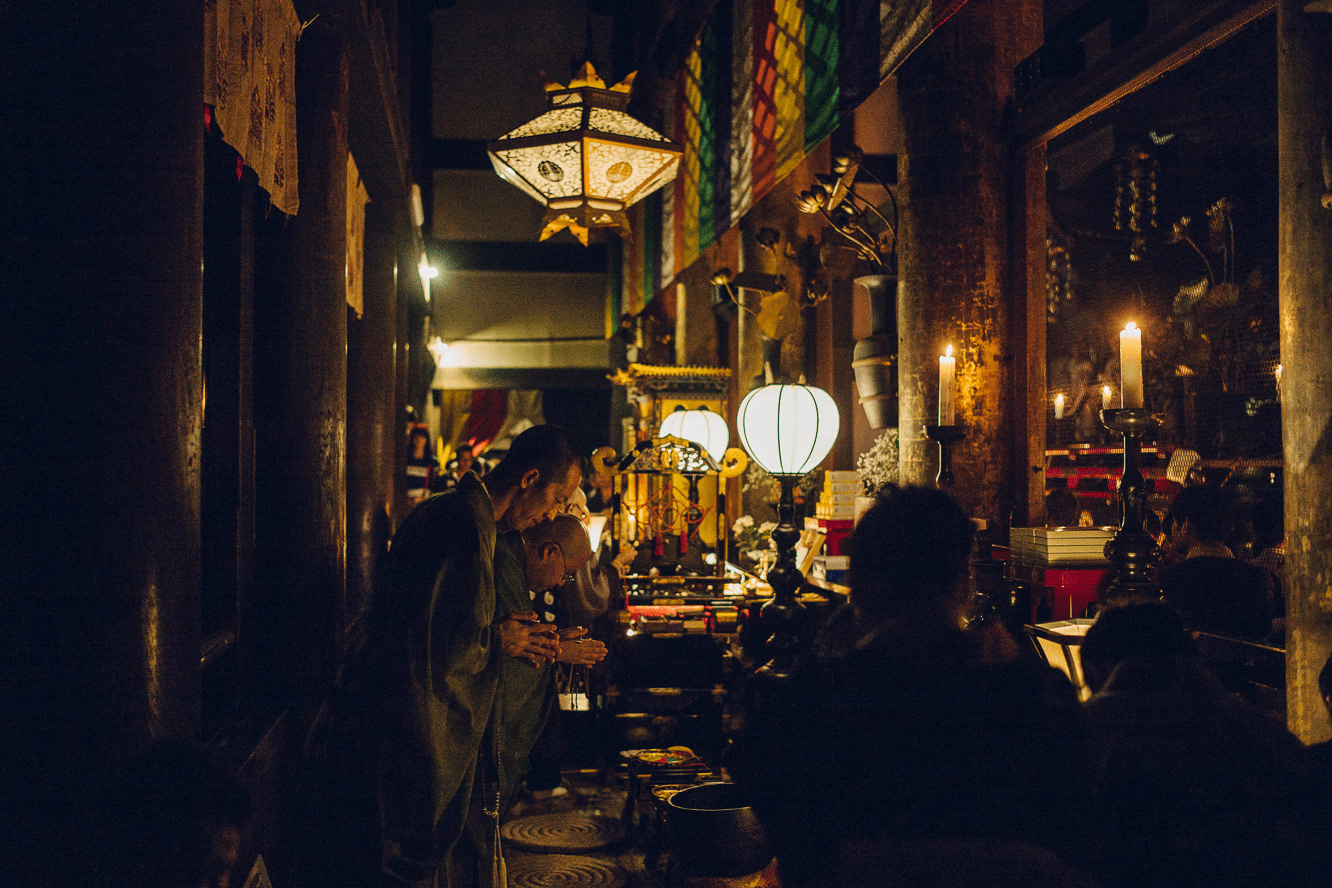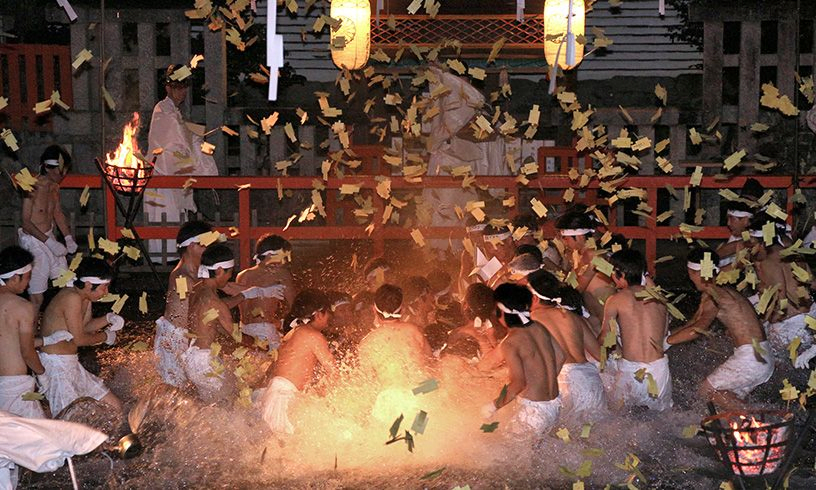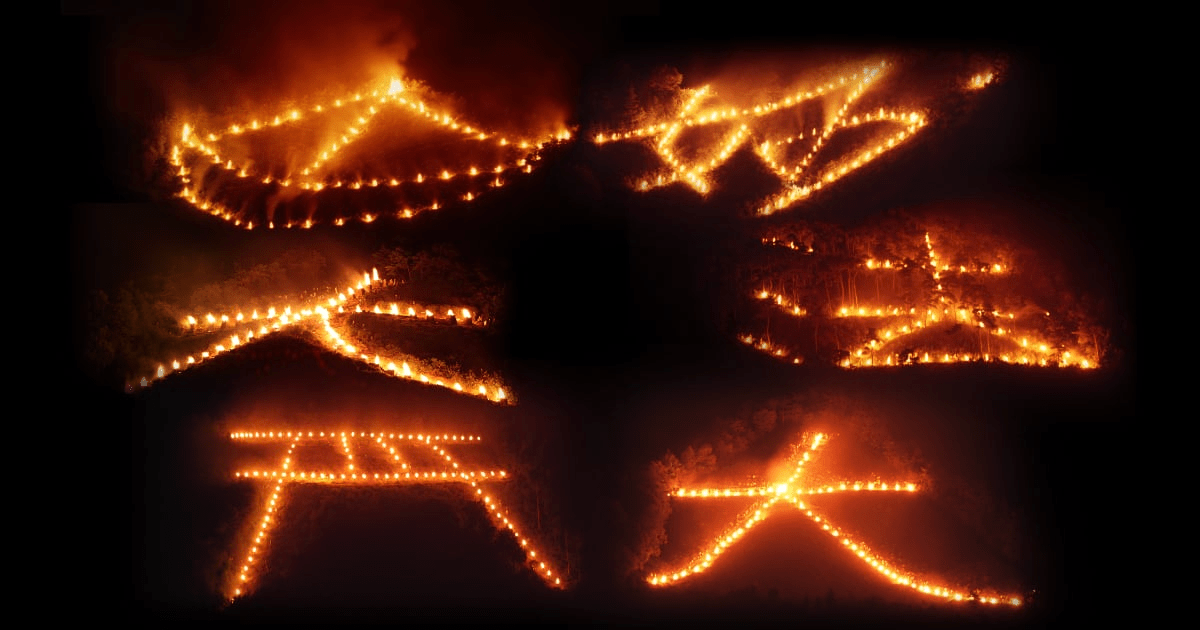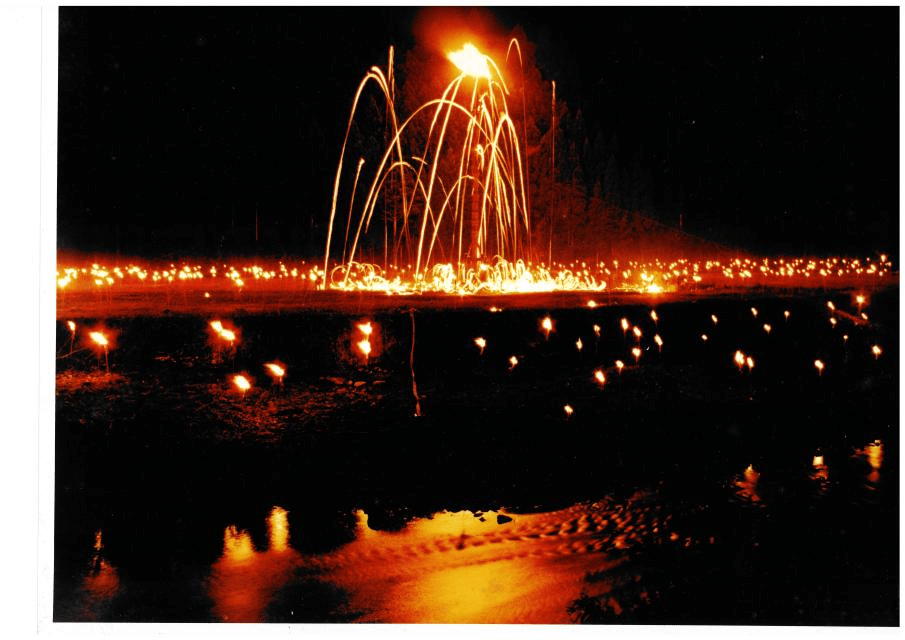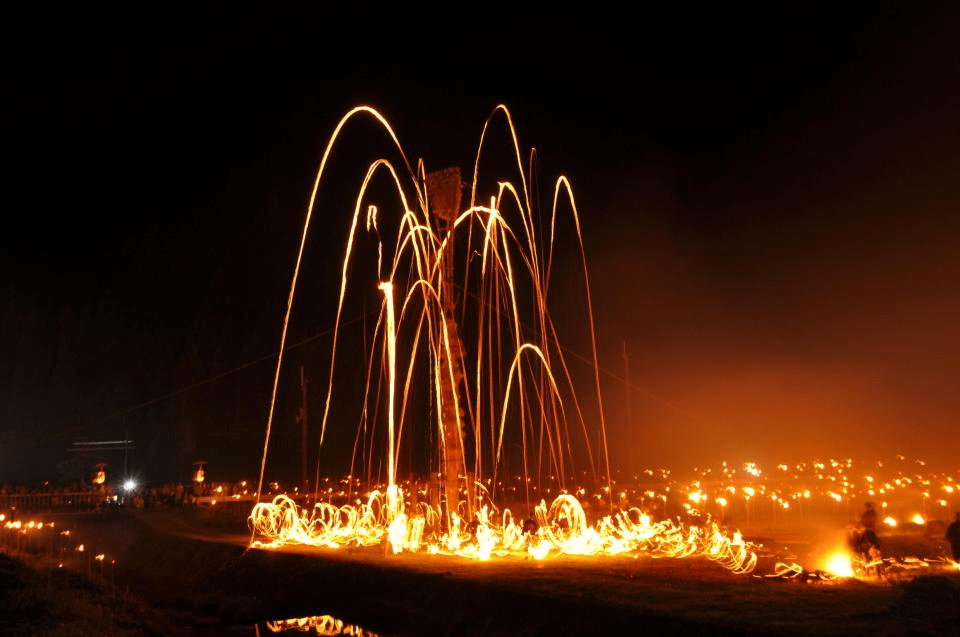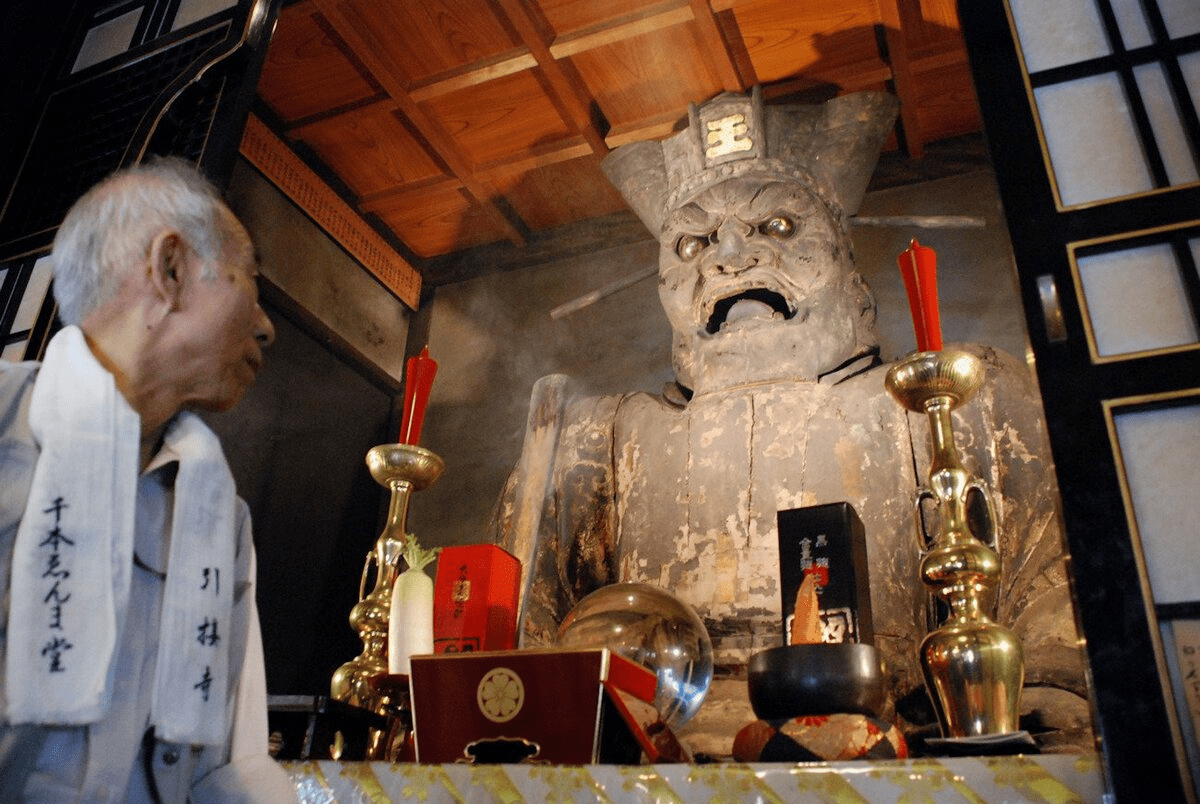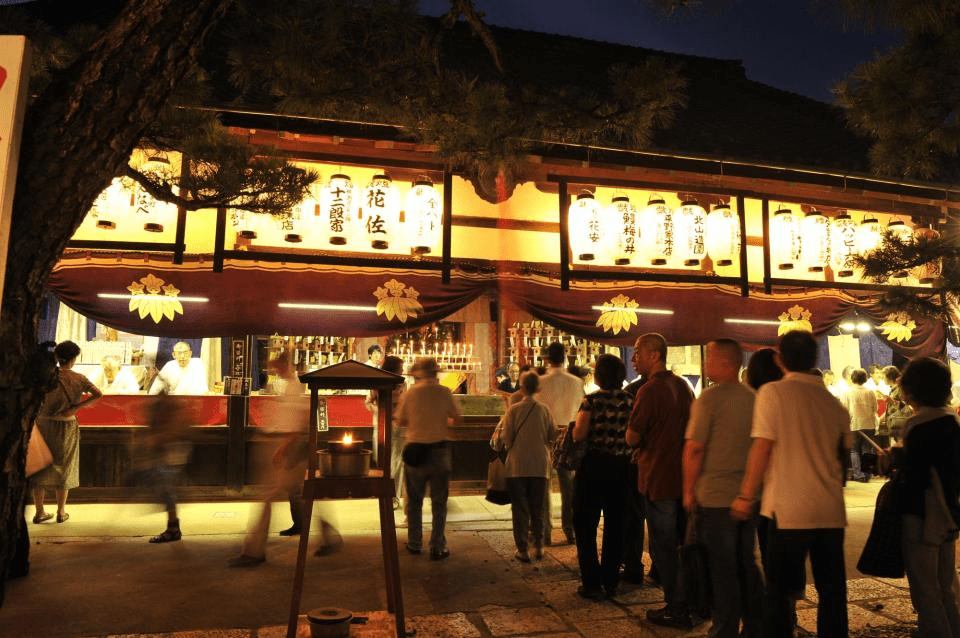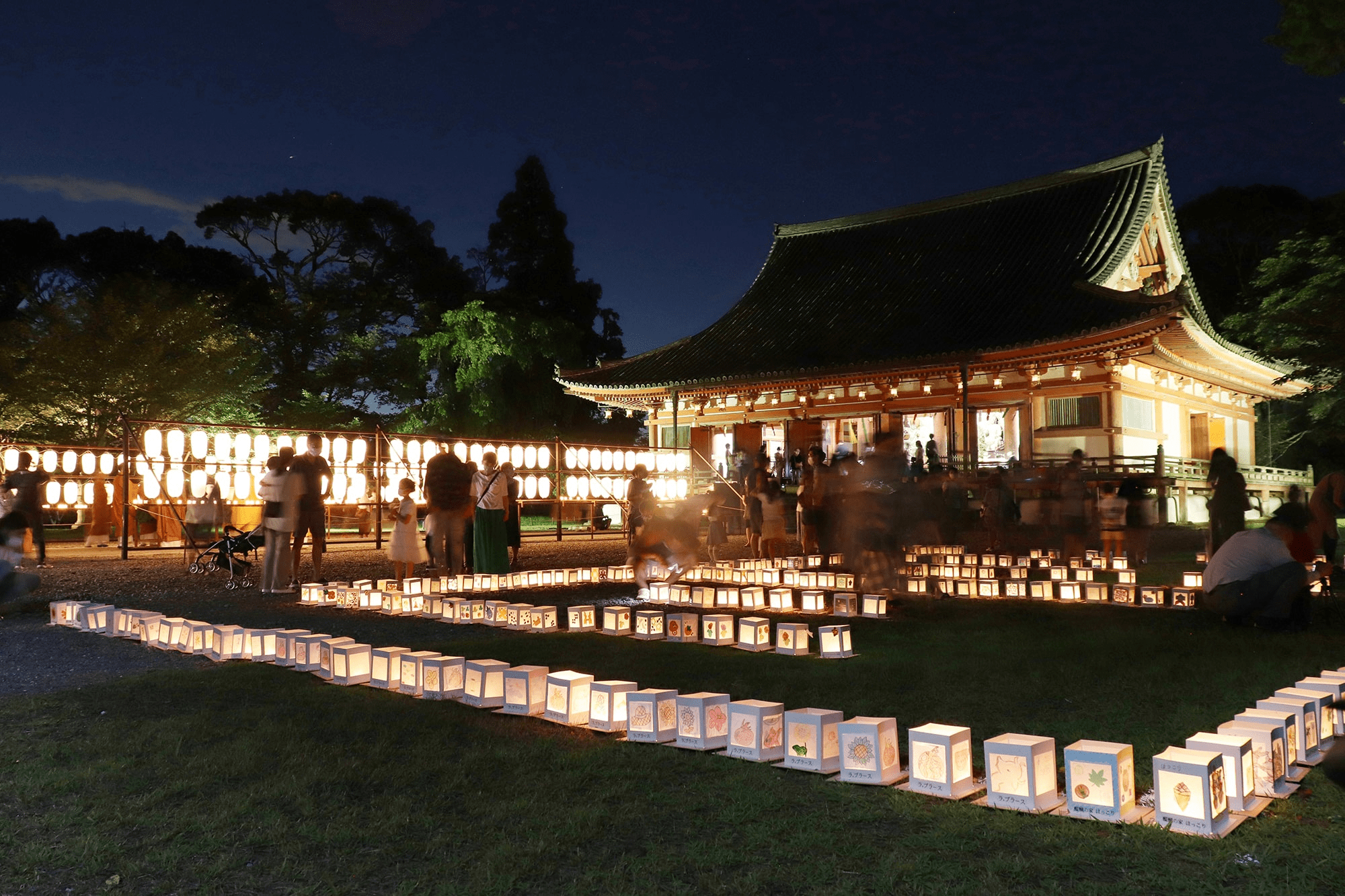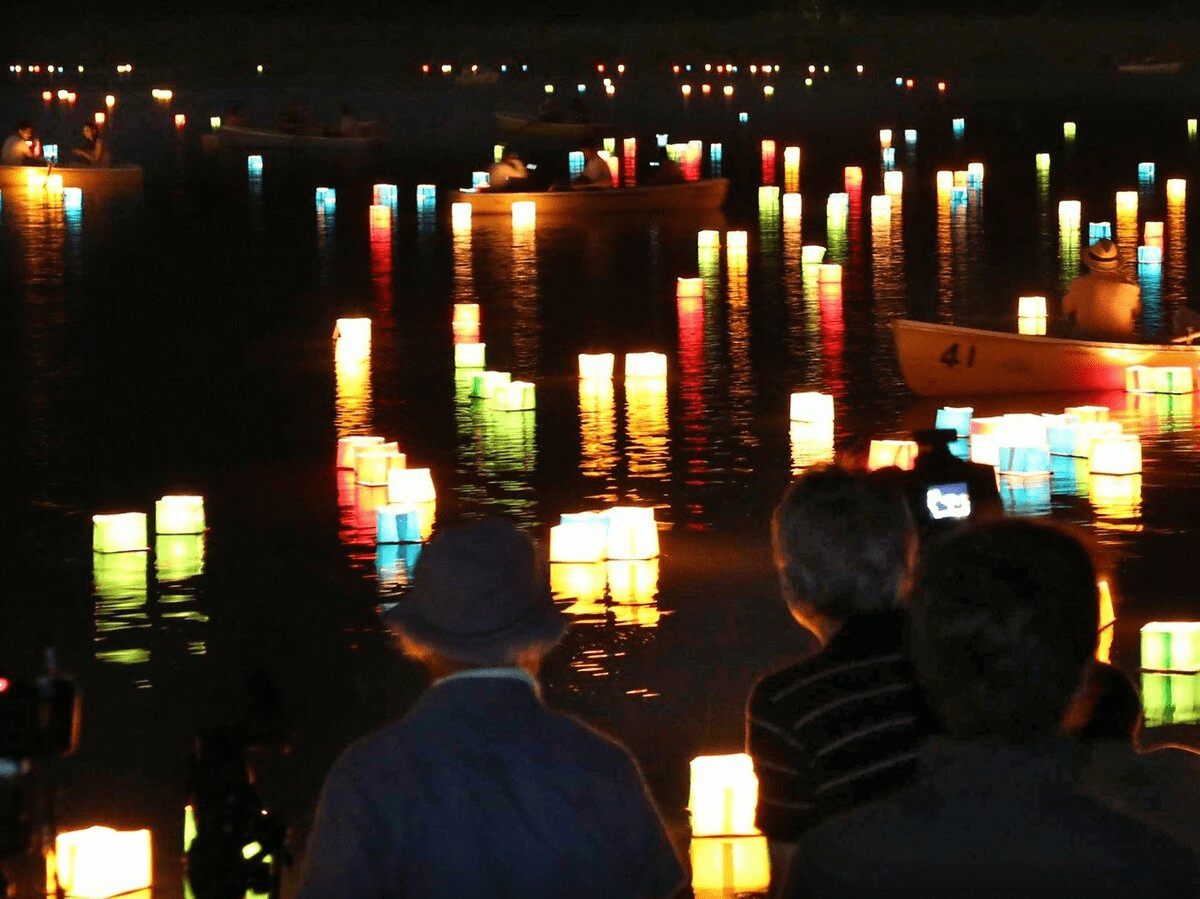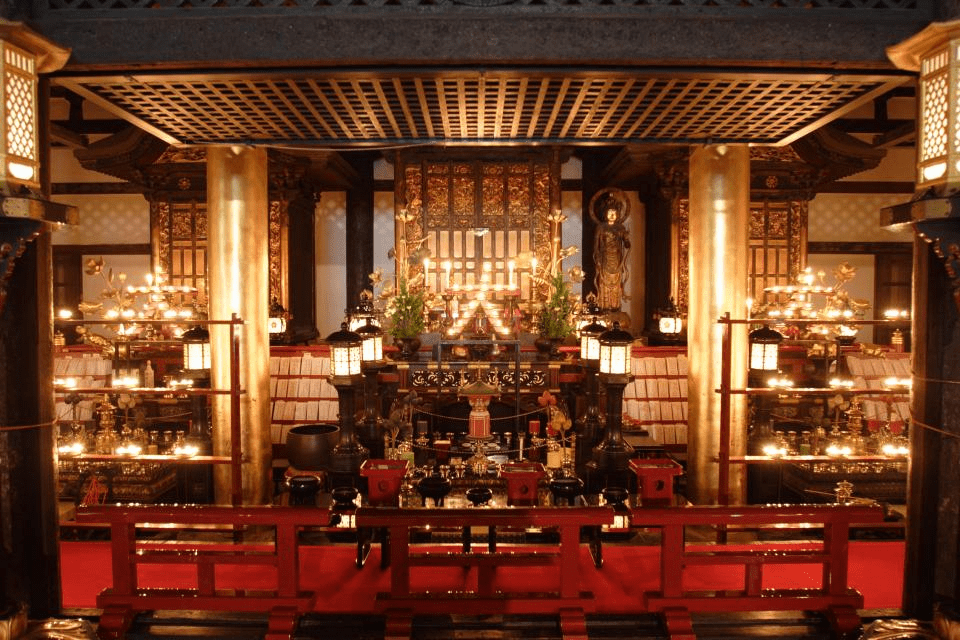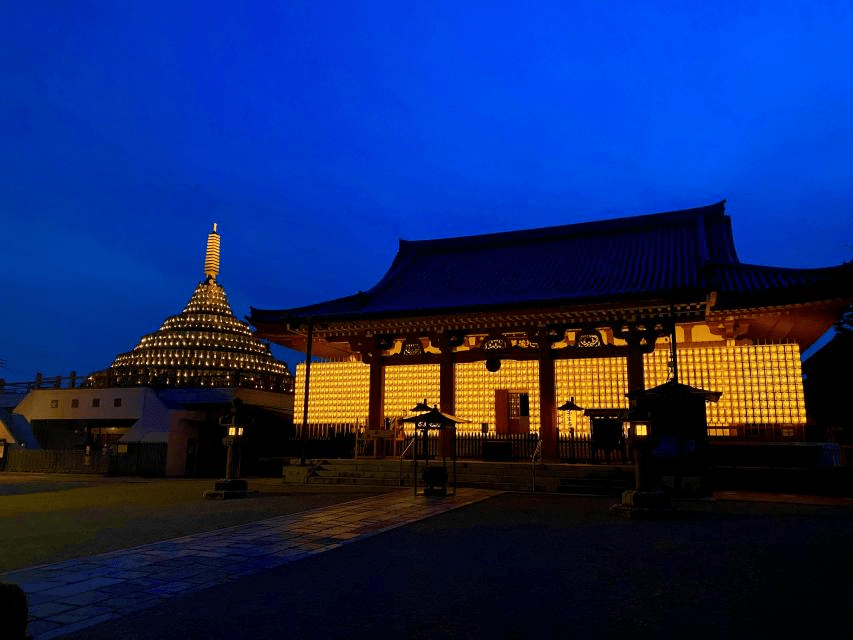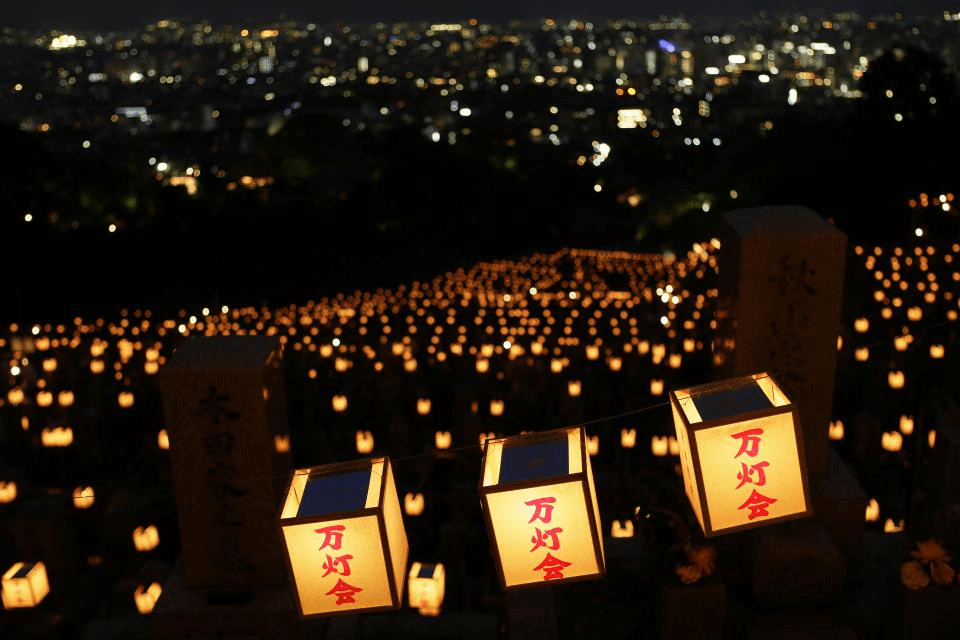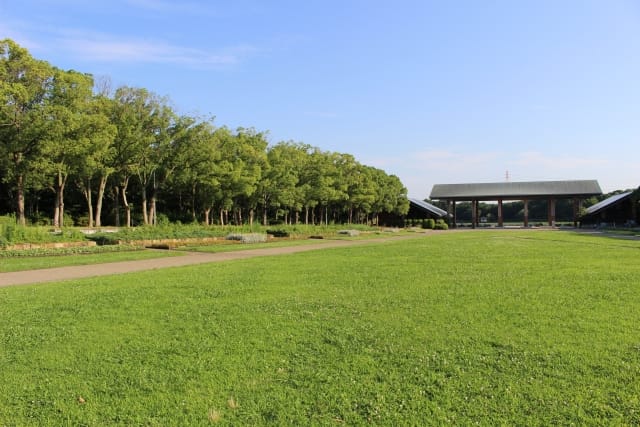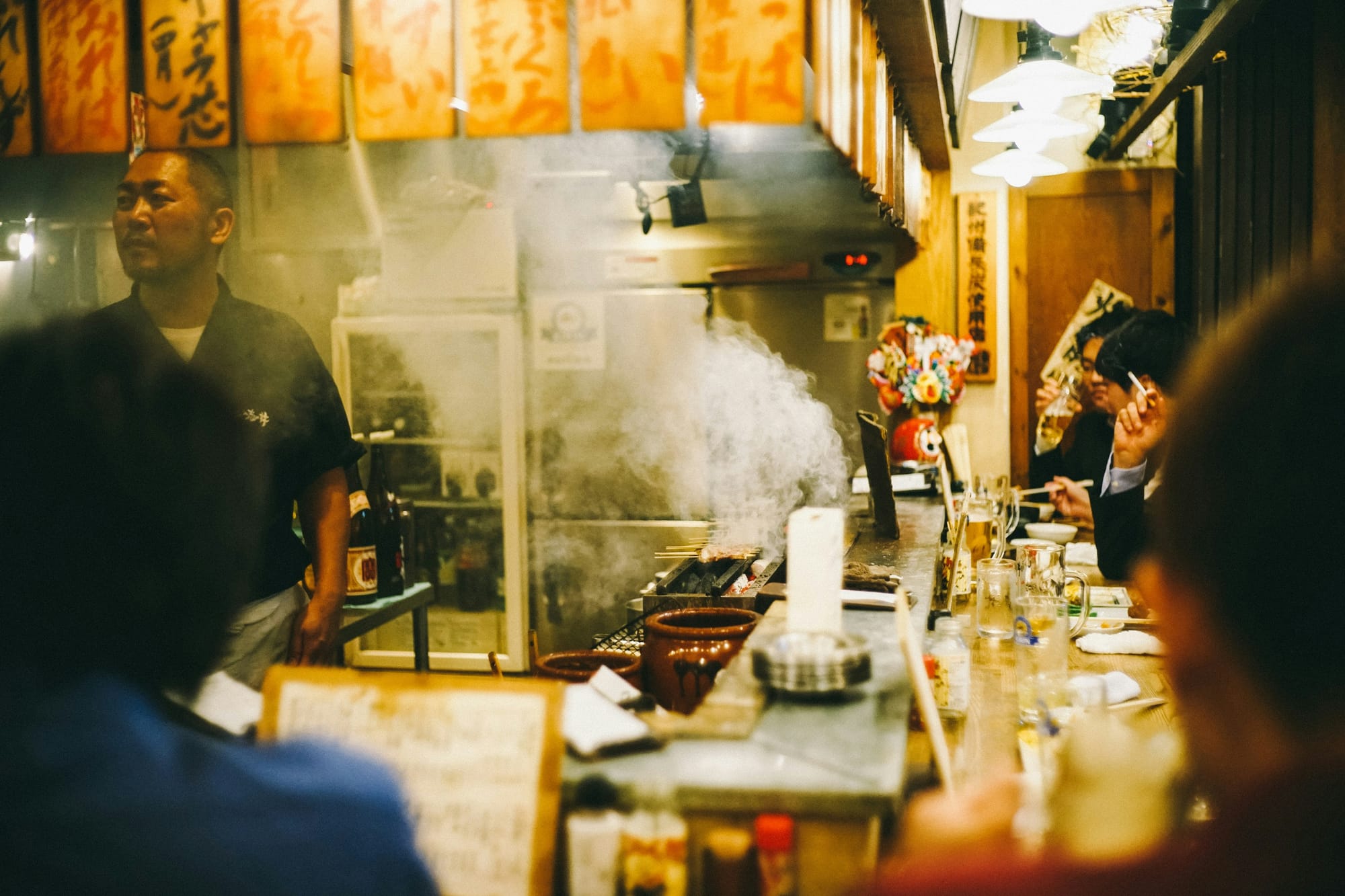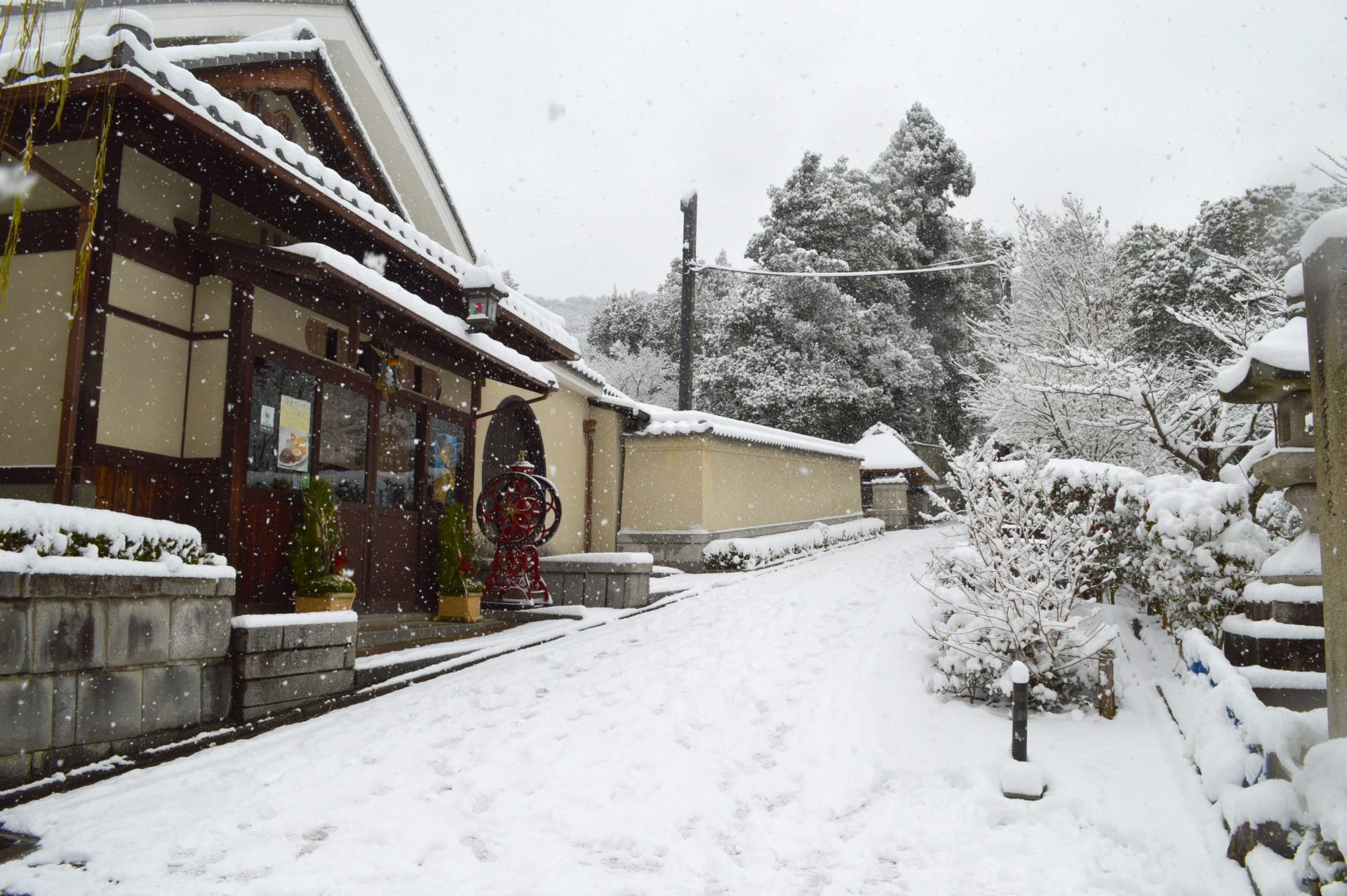Kyoto August Events 2025: Traditional Festivals, Obon Ceremonies & Cultural Experiences
I updated this article because a lot of new information has been released in preparation for the June event. This article summarizes the latest information as of March 2025.
I've also included highlights of various locations and events in Kyoto based on my extensive exploration of Kyoto's tourist attractions from August to October, when I thoroughly investigated the city.
Kyoto is a city where complex layers of culture and history intertwine, making it challenging for tourists to fully appreciate its historical sites and culture on their own.
At the end of the article, I'll also share my experiences with two tours I took during my visit to Kyoto between August and October: the "Kyoto Night Foodie Tour" (Ranked #6 among all tours on TripAdvisor in 2024) and the "4.5-hour Kyoto Historical Highlights Bike Tour with UNESCO Zen Temples," including their highlights and key features!

Introduction
August in Kyoto brings the characteristic intense heat of its basin geography. However, this is also a time when you can enjoy quintessential Japanese experiences, as the sound of wind chimes and the sight of people in yukata kimonos create a cooling atmosphere, with summer's unique charm permeating the city.
Known as the "thousand-year capital," Kyoto is a beautiful city dotted with numerous historical shrines and temples, where Japanese traditional culture remains strongly preserved. During this season, Kyoto is enveloped in a special ambiance, with Obon ceremonies to welcome ancestral spirits, special evening temple viewings, and traditional festivals held throughout the city.
In this article, we will focus on noteworthy traditional events and festivities that color Kyoto in August 2025, introducing their highlights, historical backgrounds, schedules, and access information to the venues.
We hope this will be helpful in planning your Kyoto trip.
2025 Year-round Event Schedule in Kyoto↓
・Kyoto: List of Events & Festivals for 2025
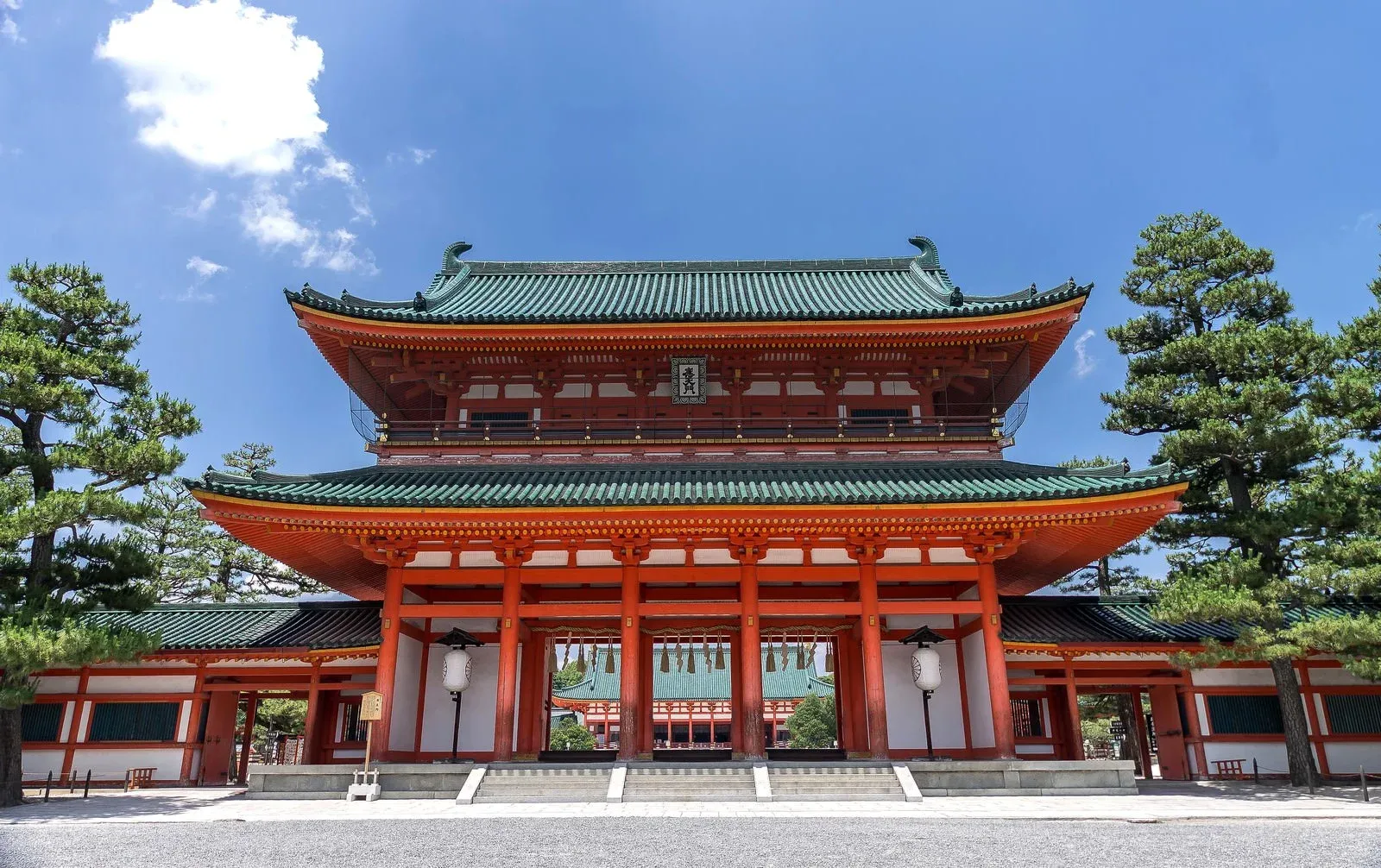
Traditional Events Only in August in Kyoto
In August, many shrines and temples in Kyoto host special events that have continued since ancient times. These primarily center around expressing gratitude to ancestors during the Obon period and prayers to ward off summer calamities.
From among the many events, we will introduce three representative traditional ceremonies along with their backgrounds and highlights.
Saga Tennō Festival
Saga Tennō-sai is a lively summer festival held at Umenomiya Taisha Shrine in Ukyō-ku, Kyoto City. This festival commemorates Emperor Saga, a Japanese emperor from about 1,200 years ago, and his wife, who are enshrined at Umenomiya Taisha.
The highlight of this festival is the "Rokusai Nenbutsu Dance," a traditional Kyoto performing art. Rokusai Nenbutsu Dance is a Japanese folk performance that the local community has united to preserve, making it a valuable cultural heritage.
When I visited, the sounds of drums and gongs echoed throughout, and the dancers' powerful performances were so compelling I couldn't look away.
Saga Tennō-sai is beloved as a warm, community-rooted festival. Please join this vibrant celebration that concludes Kyoto's summer.
<Information>
- Date: August 31, 2025
- Access: 10-minute walk from Matsuo-taisha Station on the Hankyu Arashiyama Line
Get off at "Umenomiya Taisha-mae" bus stop on Kyoto City Bus routes 3, 28, 29, or 71
- Admission: Free
Kitano Tanabata Festival
Source:Official website
The Kitano Tanabata Festival is a summer tradition held at Kitano Tenmangū Shrine, which enshrines Sugawara no Michizane, the god of learning.
Particularly noteworthy is the "Kitano Mantō-e." The sight of thousands of lanterns gently illuminating the national treasure main hall and shrine buildings is breathtaking. During the special evening viewing, you can enjoy the shrine's serenity and solemn beauty, which differs from its daytime appearance.
The "Mitarashi River Foot-Dipping Lantern Ritual" is also held. Visitors immerse their feet in the river flowing through the Kitano Tenmangū Shrine grounds and dedicate candles with prayers for good health and wish fulfillment. I have participated myself, and the cold water and flickering lights made me forget the summer heat.
This is a recommended event for those who want to experience a truly Japanese traditional ceremony.
<Information>
- Date: August 2-18, 2025
- Access: Get off at "Kitano Tenmangū-mae" bus stop
From JR Kyoto Station: City Bus route 50
From JR/Subway Nijō Station: City Bus route 55
From JR Enmachi Station: Bus route 203
From Subway Imadegawa Station: City Bus routes 51 or 203
From Keihan Demachiyanagi Station: City Bus route 203
From Keihan Sanjō Station: City Bus route 10
From Hankyu Ōmiya Station: City Bus route 55
From Hankyu Saiin Station: City Bus route 203
About 5-minute walk from Hakubaichō Station on the Keifuku Railway
- Admission: Adults (junior high school students and older) 500 yen
- Website: https://kitanotenmangu.or.jp/news/11484-2/
Kiyomizu-dera Temple's Sennichi Mairi and Yoi Mairi
Source:Official website
Kiyomizu-dera Temple's Sennichi Mairi (Thousand-day Pilgrimage) and Yoi Mairi (Evening Visit) are special periods to receive the blessings of Kannon Bodhisattva. Kannon Bodhisattva is known as a compassionate Buddha who listens to people's wishes, and it is said that visiting on this day brings blessings equivalent to a thousand days of pilgrimage.
The major highlight during the Sennichi Mairi period is being able to view the Kannon Bodhisattva figure that is not normally visible to the public.
Standing before the divine figure, I naturally straightened my posture and felt as though I was receiving special blessings.
Additionally, during Yoi Mairi, the stage of Kiyomizu-dera and the main hall are illuminated, allowing visitors to enjoy a different atmosphere than during the day.
Please visit Kiyomizu-dera during this period to seek blessings worth a thousand days.
<Information>
- Date: August 9-16, 2025
- Access: From JR Kyoto Station: Take City Bus route 206 bound for "Higashiyama-dori Kitaoji Bus Terminal" or route 100 bound for "Kiyomizudera Gion Ginkakuji," get off at "Gojōzaka," then walk 10 minutes
From Hankyu Railway Kyoto-Kawaramachi Station or Keihan Railway Gion-Shijō Station: Take City Bus route 207 bound for "Tōfukuji/Kujō-garage," get off at "Kiyomizumichi," then walk 10 minutes
From Keihan Bus routes 83, 85, 87, or 88: Get off at "Kiyomizumichi" or "Gojōzaka," then walk 10 minutes
- Admission: Free
- Website: https://www.kiyomizudera.or.jp/event/senniti.php
Traditional Fire-Related Events in Kyoto in August 2025
As part of the exciting Kyoto Event August 2025 calendar, visitors can experience numerous traditional events using "fire" throughout Kyoto in August. These magnificent cultural celebrations are deeply rooted in the customs of "welcoming fire" and "sending-off fire" to welcome and send off ancestral spirits during Obon.
Since ancient times, fire has been considered sacred in Japanese culture, believed to purify impurities. The power of fire has been relied upon to pray for protection from summer epidemics and for abundant harvests. Flames flickering in the darkness of night carry people's prayers to heaven, creating a fantastical and solemn atmosphere.
Here are the remarkable fire-related events held in Kyoto during **August 2025** that tourists shouldn't miss:
Nagoshi Shinji (Summer Passing Ritual)
"Yatori Shinji," held as part of the Nagoshi Shinji at Shimogamo Shrine, is an event that takes place on the day considered to be the end of summer according to the calendar.
This ritual is based on the legend that the deity Tamayorihime no Mikoto, who is enshrined at Shimogamo Shrine, became pregnant after picking up an arrow in a river.
During the ritual, local men who have stripped naked simultaneously jump into a pond and vigorously compete for a sacred arrow standing in the center of the pond. This is because it is believed that obtaining this arrow brings good fortune.
The highlight is the powerful sight of men raising splashes of water while fiercely competing for the arrow. When watching up close, you can feel tremendous energy and enthusiasm, making it very exciting.
Please experience this local traditional event held in the sacred atmosphere of Shimogamo Shrine, a World Heritage site, up close.
<Information>
- Date: August 6, 2025
- Access: 3-minute walk from "Shimogamo Shrine-mae" bus stop after taking City Bus No. 1 or 205 from Kitaoji Station
3-minute walk from "Shimogamo Shrine-mae" bus stop after taking City Bus No. 4 or 205 from Kyoto Station
12-minute walk from Keihan "Demachiyanagi" Station
- Admission: Free
- Website: https://www.shimogamo-jinja.or.jp/saiji/夏越神事
Kyoto Gozan no Okuribi (Five Mountain Bonfires)
Gozan no Okuribi (Five Mountain Bonfire Festival) is a religious event to send the spirits of ancestors welcomed during Obon back to the afterworld. Every year on the night of August 16, the Chinese character "大" (big), the characters "妙法" (wonderful law), the shape of a boat, and the shape of a shrine gate are depicted with enormous flames on five mountains surrounding Kyoto City.
The sight of fires being lit one after another on the mountainside, forming these shapes, is breathtakingly majestic. The sending-off fires are a ceremony to see off ancestral spirits by the entire city of Kyoto, and its grand scale is the main highlight of the Kyoto Event August 2025 calendar.
The flickering of flames viewed from a distance calms the heart and momentarily makes you forget the summer heat of Kyoto. Many people from various locations watch over the flames, each with thoughts for deceased loved ones and prayers for peace.
Through these sending-off fires, please experience the Japanese view of life and death and the heart that respects ancestors.
<Information>
- Date: August 16, 2025
- Access: Varies by area (Reference: https://global.kyoto.travel/resource/global/download/78-pdf.pdf)
- Admission: Free
- Website: https://gozan-okuribi.com/2022/ja/top.html
Hanase Matsuage
The Hanase Matsuage Fire Festival is a gallant fire festival held in the mountainous Hanase Region of Kyoto City. It is held to pray for fire prevention and abundant harvests.
The biggest highlight of the festival is the sight of burning small torches being thrown up one after another, aimed at the part called "Kasa" (umbrella), which is about 2 meters in diameter, attached to the top of a pillar of pine about 20 meters tall.
Sparks vigorously dance up into the night sky, and the energy of the venue enveloped in shouts and heat is overwhelming. I was so excited that I forgot the summer heat. Centered around the local youth, when watching up close, you feel moved by their bravery and sense of unity.
This is a festival that I definitely want those who wish to experience local Japanese culture to visit during their Kyoto Event August 2025 journey. However, since returning by public transportation is difficult, please consider using a bus tour or staying overnight.
<Information>
- Date: August 15, 2025
- Access: Get off at "Hanase Koryu-no-Mori Mae" after taking Kyoto Bus Route 32 "bound for Hirogawara" from Keihan Railway "Demachiyanagi Station"
- Admission: Free
- Website: https://ja.kyoto.travel/event/single.php?event_id=4713 (Reference: 2024)
Hirogawara Matsuage
The Hirogawara Matsuage Festival is a fire festival held in the Hirogawara Area to pray for the safety and good harvest of the region.
Flaming torches are thrown up toward a large umbrella-shaped object attached to the top of a Tōrōgi (ceremonial pole) about 20 meters tall to ignite it. Afterward, the biggest highlight is when the Tōrōgi is toppled, and the burning large umbrella is lifted high into the sky with two logs in a ritual called "Tsukkomi."
In front of the overwhelming flames, the muggy heat of the night seems to blow away with such intensity, and I couldn't help but feel a sense of awe toward nature and the strength of people's prayers.
This is a recommended festival for those who want to feel the sacredness of fire and the connection between humans and nature as part of their Kyoto Event August 2025 experience.
Although access by public transportation is possible, day trips are difficult because there are no return services. Therefore, I recommend considering using a bus tour or staying overnight.
<Information>
- Date: August 24, 2025
- Access: Get off at "Shimo-no-Machi" after taking Kyoto Bus "bound for Hirogawara" from Keihan Railway "Demachiyanagi Station"
- Admission: Free
- Website: https://ja.kyoto.travel/event/single.php?event_id=4722 (Reference: 2024)
Experience Kyoto's World Heritage Sites Deeply and Efficiently with a Local Guide!

Kyoto is dotted with numerous World Heritage sites such as Nijō Castle, Kinkaku-ji, and Fushimi Inari Taisha. If you want to efficiently visit these major World Heritage sites, a 9-hour private tour with a dedicated vehicle and English-speaking guide is highly recommended.
The greatest appeal of this tour is the comfortable transportation in a private vehicle and comprehensive support. Hotel pick-up and drop-off, entrance fees to all facilities, and lunch at a local restaurant recommended by your guide are all included in the price.
Knowledgeable guides will provide deep and clear explanations about the history and culture of each location, enhancing your appreciation of Kyoto's charm.
This tour is perfect for those wanting to thoroughly enjoy Kyoto's highlights in limited time and spend an unforgettable day. As this is an extremely popular tour, early reservations are recommended.
- Meeting point: Accommodations within Kyoto City
- Tour area: Within Kyoto City
- Start time: From 9:00 AM
With a local guide, you can touch the traditional atmosphere in Kyoto more closely!
Check the tours below.
・Ultimate Kyoto Tours Guide 2025: Best Seasonal Experiences for Spring Cherry Blossoms, Summer Festivals, Autumn Foliage & Snowy Landscape
Traditional Events Where You Can Experience "Shōryō-mukae" - Welcoming Spirits, Honoring Ancestors, and Praying for Good Fortune
In Japan, during the period called "Obon" in mid-August, it's believed that spirits of deceased ancestors return home. The series of ceremonies to welcome these spirits, express gratitude, and honor them is called "Shōryō-mukae."
Additionally, in Kyoto, there's a place called "Rokudō no Tsuji" considered the boundary between this world and the afterlife. Before Obon, there's a custom called "Rokudō Mairi" where people visit this place to prepare for welcoming ancestral spirits.
These ceremonies are important customs honoring ancestors while also including prayers for the living's happiness.
Let me introduce some famous "Shōryō-mukae" events that will be part of the Kyoto Event August 2025 calendar:
Sembon Emma-dō Welcoming and Sending Off Spirits
Source:Kyoto Shimbun
Sembon Emma-dō is a temple that enshrines Emma, the fearsome-faced judge of hell. Here, special events are held during Obon to welcome and then send off ancestral spirits.
The ancestors, called "Oshōrai-san," are first welcomed by ringing the "Mukae-gane" bell. Then, names of ancestors are written on wooden boards called "Mizutōba" and floated on water as an offering. At the end of Obon, the "Okuri-gane" bell is rung to send the ancestors back to the afterlife.
A highlight of this Kyoto Event August 2025 is that Emma's statue, usually closed to the public, will be specially displayed. Seeing this imposing figure up close is somewhat frightening yet sobering.
Why not spend a special Japanese moment quietly honoring your ancestors while being watched over by Emma?
<Information>
- Dates: August 7-12 & 16, 2025
- Access: From Kyoto Station, take City Bus route 206 and get off at "Kenryūkō-mae" or "Senbon Kuramaguchi," then walk 2 minutes
From Shijō Kawaramachi, take City Bus routes 46 or 59 and get off at "Kenryūkō-mae" or "Senbon Kuramaguchi," then walk 2 minutes
From Shijō Ōmiya, take City Bus routes 6 or 46 and get off at "Kenryūkō-mae" or "Senbon Kuramaguchi," then walk 2 minutes
From Sanjō Keihan, take City Bus route 59 and get off at "Kenryūkō-mae" or "Senbon Kuramaguchi," then walk 2 minutes
- Admission: Free
- Website: https://yenmado.blogspot.com/p/blog-page_5248.html
Rokudō Chinnō-ji Temple Rokudō Mairi
Rokudō Chinnō-ji Temple has long been believed to be located at "Rokudō no Tsuji," the boundary between this world and the afterlife. Therefore, before welcoming ancestral spirits during Obon, Kyoto locals first visit this temple in a practice called "Rokudō Mairi."
The main highlight is ringing the "Mukae-gane" bell. The sound of this bell is said to reach ancestors in the afterlife and inform them of the way home.
When you ring the bell after waiting in line, the deep sound resonates throughout your body, creating a mysterious feeling as if the afterlife and this world are truly connected.
During the Kyoto Event August 2025 season, experience this Kyoto-exclusive activity of preparing to welcome ancestors at this mystical place considered the entrance to the afterlife.
<Information>
- Dates: August 7-10, 2025
- Access: 15-minute walk from Keihan Electric Railway "Kiyomizu-Gojō Station" or "Gion-Shijō Station"
5-minute walk from "Kiyomizu-michi" bus stop
- Admission: Free
- Website: http://www.rokudou.jp/visit/
Senbon Shakadō Rokudō Mairi Spirit Welcoming
Senbon Shakadō is a historic temple with a main hall that is a National Treasure and the oldest wooden structure in Kyoto City.
Here too, during the Obon period, "Rokudō Mairi Oshōrai Mukae" is held to welcome ancestral spirits. The special feature is that you can quietly honor your ancestors inside the majestic main hall, which is a National Treasure.
When you're in the main hall with the scent of old wood, your heart naturally calms, allowing you to think of your ancestors with a peaceful feeling.
Additionally, this temple has many important cultural properties, including significant Buddha statues, which may be specially exhibited during the Kyoto Event August 2025.
The time spent quietly praying while being watched over by historic Buddha statues is truly precious. While lively festivals are wonderful, this is especially recommended for those wanting to quietly honor ancestors in the solemn atmosphere of a National Treasure building.
<Information>
- Dates: August 8-12 & 16, 2025
- Access: 5-minute walk from "Kamishichiken" bus stop on City Bus route 50
10-minute walk from "Senbon Imadegawa" bus stop on City Bus route 206
- Admission: Free
- Website: https://daihoonji.jp/annual-events
Recommended Traditional Events for Japan's "Obon" Festival
"Obon" refers to mid-August when the souls of deceased family members and ancestors are believed to return home. People express gratitude by offering food and prayers to these returning souls. At the end of the Obon period, the souls are sent back to the afterlife. Kyoto has many traditional events during this Obon season, with several special Kyoto Event August 2025 celebrations that tourists shouldn't miss.
Daigo-ji Temple Manto-e (Ten Thousand Lanterns Ceremony)
Source:Official website
Daigo-ji Temple is designated as a World Heritage Site. The "Manto-e" (Ten Thousand Lanterns Ceremony) held here is a quiet and beautiful illumination event. Many traditional Japanese lanterns called "tōrō" are placed along the paths leading to the temple and throughout its spacious grounds.
This event honors the memory of those who have passed away and prays for the happiness of the living. The highlight is seeing historical buildings like the Golden Hall and Five-story Pagoda beautifully illuminated in the darkness of night. Soft light gently illuminates the wooden textures of the buildings and the delicate curves of the roofs, revealing a solemn and mystical appearance.
Recommended for those who want to spend a special time of prayer in a quiet evening temple setting.
Arashiyama Lantern Floating Ceremony
The "tōrō Nagashi" (Lantern Floating Ceremony) in Arashiyama is a famous summer evening event in Kyoto. People float many paper lanterns with their wishes written on them down the Katsura River near Togetsukyo Bridge. This ceremony sends ancestral souls back to the afterlife after they have returned home during Obon.
The special highlight comes around 8:20 PM for about 30 minutes, when you can simultaneously view the many lanterns slowly floating on the water's surface and the Torii-shaped bonfire of the Gozan no Okuribi. When I saw this scene, I was captivated by its fantastical beauty, as if the present world and the afterlife were overlapping.
This will undoubtedly become a magical Kyoto memory.
<Information>
- Date: August 16, 2025
- Access: 6-minute walk from Arashiyama Station (Hankyu Railway)
6-minute walk from Arashiyama Station (Keifuku Railway)
15-minute walk from Saga-Arashiyama Station (JR Sagano Line)
Right at Arashiyama Park bus stop (City Bus Route 28)
- Admission: 1,200 yen
- Website: https://buttorenmei.sakura.ne.jp/ (Reference: 2024)
Henjō-ji Temple Lantern Floating Ceremony
Source:Kyoto Shimbun
The "tōrō Nagashi" (Lantern Floating Ceremony) at Henjō-ji Temple takes place on the same day as Arashiyama, August 16, at the quiet Hirosawa Pond.
Colorful five-colored lanterns in red, blue, yellow, and other colors float across the entire pond surface, creating a fantastical scene like viewing a beautiful painting. At this tōrō Nagashi, you can also see the Torii-shaped bonfire of the Gozan no Okuribi in the distance.
Unlike the lively atmosphere of Arashiyama, this location is very quiet. As you slowly observe the lantern lights reflected on the water's surface, you feel your heart becoming purified. You can quietly reflect on thoughts of those who have passed away.
Recommended for those who want to experience a soul-sending ceremony in a quiet and calm atmosphere.
<Information>
- Date: August 16, 2025
- Access: 7-minute walk from "Yamagoe" bus stop (City Bus Routes 26, 59, 10)
- Admission: 1,000 yen
- Website: https://hirosawa-henjyo.com/
Rokuharamitsuji Temple Manto-e
Rokuharamitsuji Temple was founded by Kuya Shonin, a monk from around the 10th century when Japanese culture and Buddhism were developing.
Here, "Manto-e" is held annually from August 8 to 10 to welcome the souls of the deceased. What makes this temple's Manto-e special is that small lights are arranged inside the central building to form the character "大" (dai, meaning "large").
This character "大" is said to have the same meaning as in the Gozan no Okuribi. The illuminated "大" floating in the slightly dark building feels very mysterious and powerful.
Also, visitors to the temple during this time ring the "Mukaegane" (Welcoming Bell) to welcome ancestral spirits from the afterlife.
If you want to experience the atmosphere of Kyoto's Obon, this is definitely worth a visit.
<Information>
- Date: August 8-10, 2025
- Access: 7-minute walk from "Kiyomizumichi" bus stop (City Bus Route 206)
10-minute walk from Kiyomizu-Gojo Station (Keihan Railway)
- Admission: Free
- Website: https://rokuhara.or.jp/event/
Mibudera Temple Obon Lantern Memorial Service
During the Obon period, Mibudera Temple hosts the "Urabon Mantō Kuyō-e (Obon Lantern Memorial Service)." The temple grounds are illuminated with approximately 1,200 tōrō (lanterns), creating a fantastically magical atmosphere of light.
A major highlight of this event is the opportunity to witness the "Rokusai Nenbutsu Dance," a traditional Japanese dance. The "Rokusai Nenbutsu Dance" is an artistic expression of Buddhist concepts. The resonating sounds of drums and bells accompany the unique dance performances.
The "Rokusai Nenbutsu Dance" is energetic and was thoroughly enjoyable just to watch.
This event is highly recommended for those who want to experience the mystical scenery created by numerous tōrō lights while enjoying the lively traditional atmosphere of a Japanese Obon festival with its traditional dances all at once.
<Information>
- Dates: August 9-16, 2025
- Access: 3-minute walk from "Mibudera-michi" bus stop
10-minute walk from "Omiya Station" on the Hankyu Kyoto Line
10-minute walk from "Tambaguchi Station" on the JR Sagano Line
- Admission: Free
- Website: https://www.mibudera.com/annual-event.html
Otani Sobyo Temple Manto-e
Otani Sobyo Temple is the burial site of Shinran Shōnin, a famous monk who founded Jōdo Shinshū, one of Japan's Buddhist sects.
Every year from August 14th to 16th, the "Manto-e" ceremony is held here, where approximately 10,000 tōrō illuminate the entire expansive temple grounds.
The most spectacular sight is the breathtakingly beautiful scenery created by these 10,000 tōrō. The countless lanterns arranged along the slopes and stairs resemble a river of light, and I was truly moved by their beauty.
Since Otani Sobyo Temple is situated on slightly elevated ground, you can also enjoy the night view of Kyoto city together with the illumination of the tōrō.
This is the perfect event for those who wish to spend a quiet Obon evening surrounded by countless lights during the Kyoto Event August 2025 festivities.
<Information>
- Dates: August 14-16, 2025
- Access: 15-minute walk from "Gion-Shijo Station" on the Keihan Line
20-minute walk from "Kyoto-Kawaramachi Station" on the Hankyu Line
10-minute walk from "Gion" bus stop
- Admission: Free
- Website: https://www.higashihonganji.or.jp/about/guide/otani/
Tourism becomes much more enjoyable when guided by locals who know the attractions inside out!
Tourism becomes much more enjoyable when guided by locals who know the attractions inside out. Especially in a city like Kyoto with its complex and profound history, having a guide can be immensely beneficial.
Visiting hidden spots not mentioned in guidebooks and touring while listening to behind-the-scenes stories about history and culture deepens the appeal of tourism.
Fushimi Inari Hidden Hiking Tour
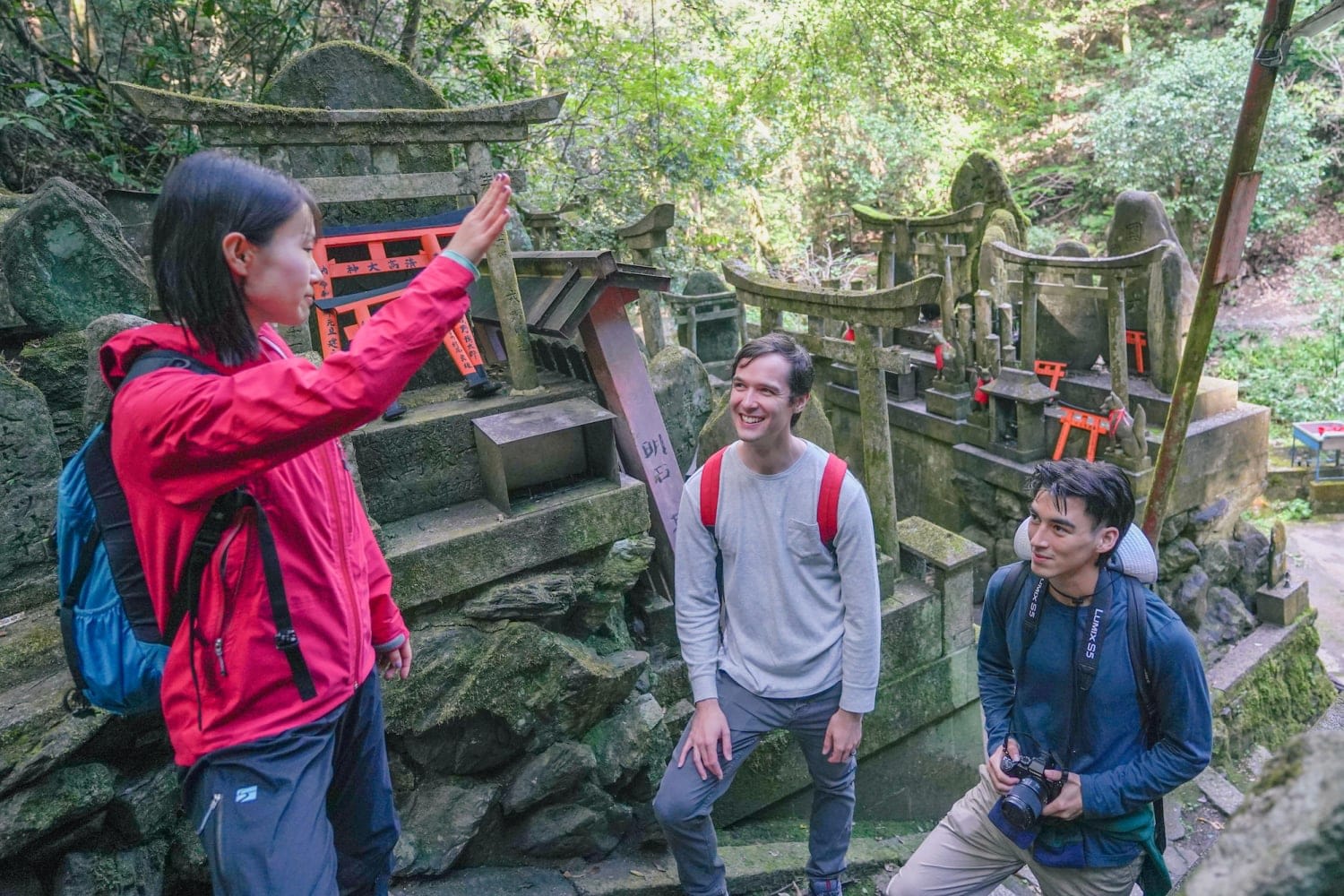
The Fushimi Inari Hidden Hiking Tour is a hiking experience that explores the lesser-known "back routes" of the famous Fushimi Inari Taisha with local guides.
In contrast to the main approach path visited by many tourists, this tour aims for the sacred summit of Mount Inari while exploring bamboo groves wrapped in silence, hidden shrines known only to locals, and breathtaking scenic viewpoints.
The stories told by guides about the shrine's history, the depth of Inari Faith, and the wishes embedded in the Thousand Torii Gates are perfect for those who want to learn more about Kyoto's history.
While working up a pleasant sweat, you'll encounter the true essence of Fushimi Inari Taisha that you would never experience through ordinary tourism, making this a highlight of the Kyoto Event August 2025 calendar.
Since you'll be walking mountain paths for about 2-3 hours, please be sure to participate wearing comfortable shoes and clothes suitable for movement.
- Meeting point: FamilyMart Nakai Tofukuji Store
- Tour area: Around Fushimi Inari
- Starting times: From 9:00 / From 10:00 / From 13:00
Kyoto Arashiyama Bamboo Forest & Garden Half-Day Walking Tour
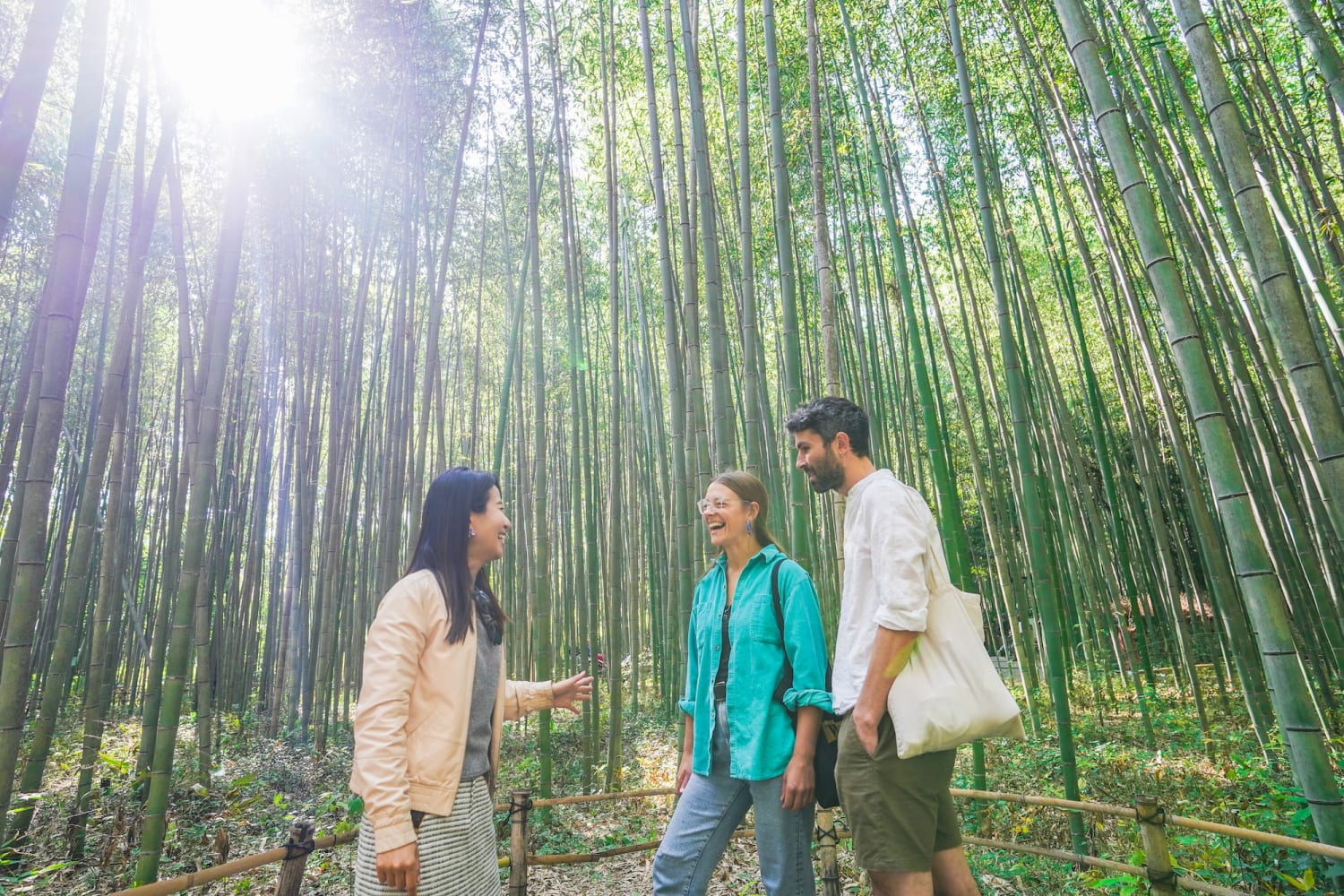
This is a half-day walking tour with a local guide that allows you to fully experience the charms of Arashiyama, one of Kyoto's most popular tourist destinations.
The tour efficiently covers Arashiyama's iconic spots, including the "Bamboo Grove" where bamboo creates a fantastical atmosphere, "Tenryu-ji Temple" which is registered as a World Cultural Heritage site, and "Togetsukyo Bridge" which offers beautiful scenery throughout the four seasons.
The greatest appeal of this tour is being guided by someone who knows the local area thoroughly. They will provide in-depth explanations about hidden gems and viewpoints not found in guidebooks, as well as the history, culture, and interesting episodes that breathe life into each location.
Rather than just viewing the scenery, experiencing the stories behind it will make Arashiyama's beauty resonate even more deeply in your heart. This tour is recommended not only for first-time visitors to Arashiyama but also for repeat visitors who want to gain deeper knowledge during the Kyoto Event August 2025 season.
The walking route is relatively flat, but please participate wearing comfortable walking shoes.
- Meeting point: JR Saga Arashiyama Station North Exit
- Tour area: Around Arashiyama
- Starting time: From 9:00
Take a guided tour and savor summer flavors in Kyoto at a local restaurant!
・Ultimate Kyoto Tours Guide 2025: Best Seasonal Experiences for Spring Cherry Blossoms, Summer Festivals, Autumn Foliage & Snowy Landscape


